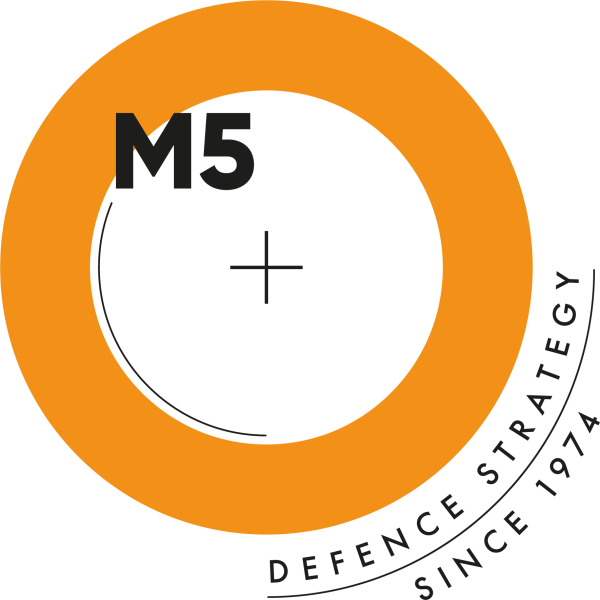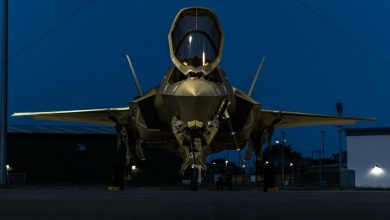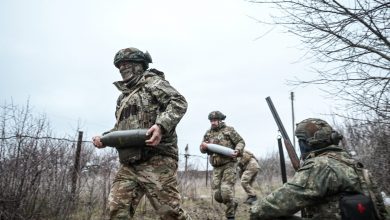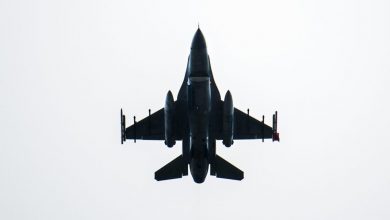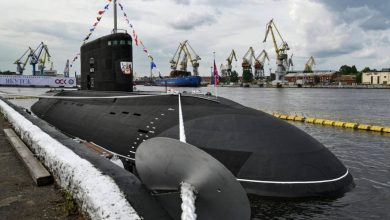US Air Force tests new air-to-surface weapon

The U.S. Air Force has completed the first successful test of its new Stand-In Attack Weapon (SiAW), marking a critical step in the weapon’s development.
On November 7, a tactical air-to-surface missile was released from an F-16 Fighting Falcon belonging to the 40th Flight Test Squadron during a flight over the Gulf of Mexico.
The primary goal of the test was to confirm the missile’s safe separation from the aircraft, a foundational milestone for further trials. The weapon tested was a jettison test vehicle, meaning it contained no rocket motor or electronics. These tools are used to evaluate whether the missile detaches safely from the aircraft during a commanded release.
Designed to counter mobile threats, the SiAW aims to enhance the Air Force’s strike capabilities against relocatable targets such as cruise missile launchers, anti-ship missile platforms, and electronic warfare systems.
“Successful execution of this test was a testament to the outstanding teamwork from everyone involved,” said Maj. James Tipton, assistant director of operations for the 780th Test Squadron.
The complex test involved several units from the 96th Test Wing. Mission planning and control were managed from the Eglin Central Control Facility, while engineers monitored the missile’s separation and are now conducting post-flight analysis. Additional support came from pilots and photographers who captured vital data and footage of the event.
The SiAW program falls under the purview of the Air Force Armament Directorate, which is responsible for overseeing the weapon’s development and integration.
This successful trial paves the way for more advanced tests, including evaluations of the missile’s propulsion and targeting capabilities, as the Air Force moves toward operational deployment.
